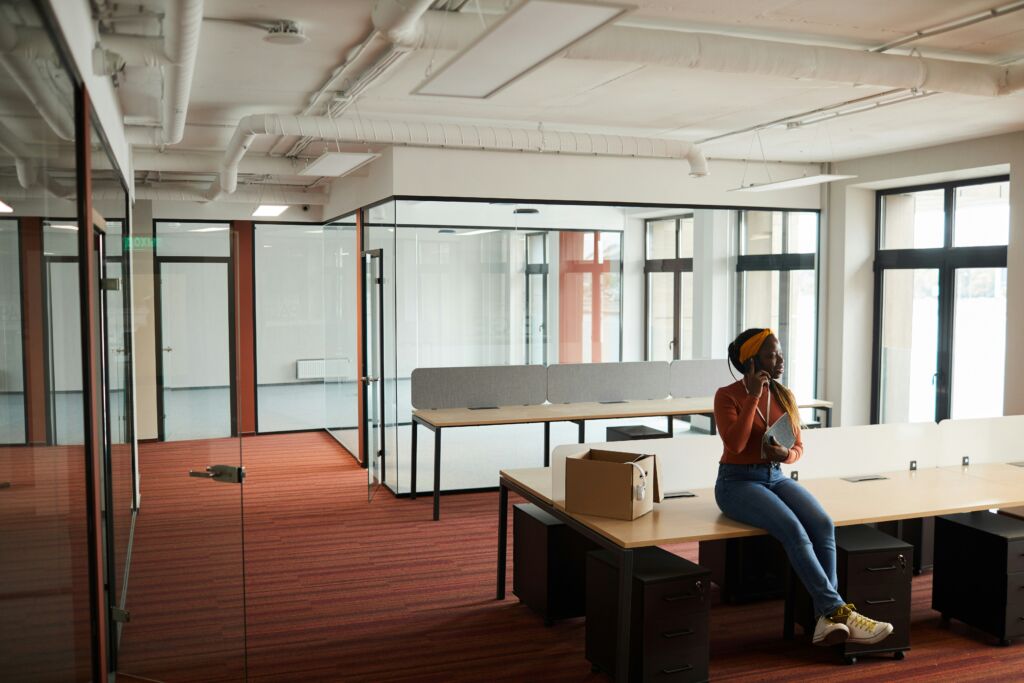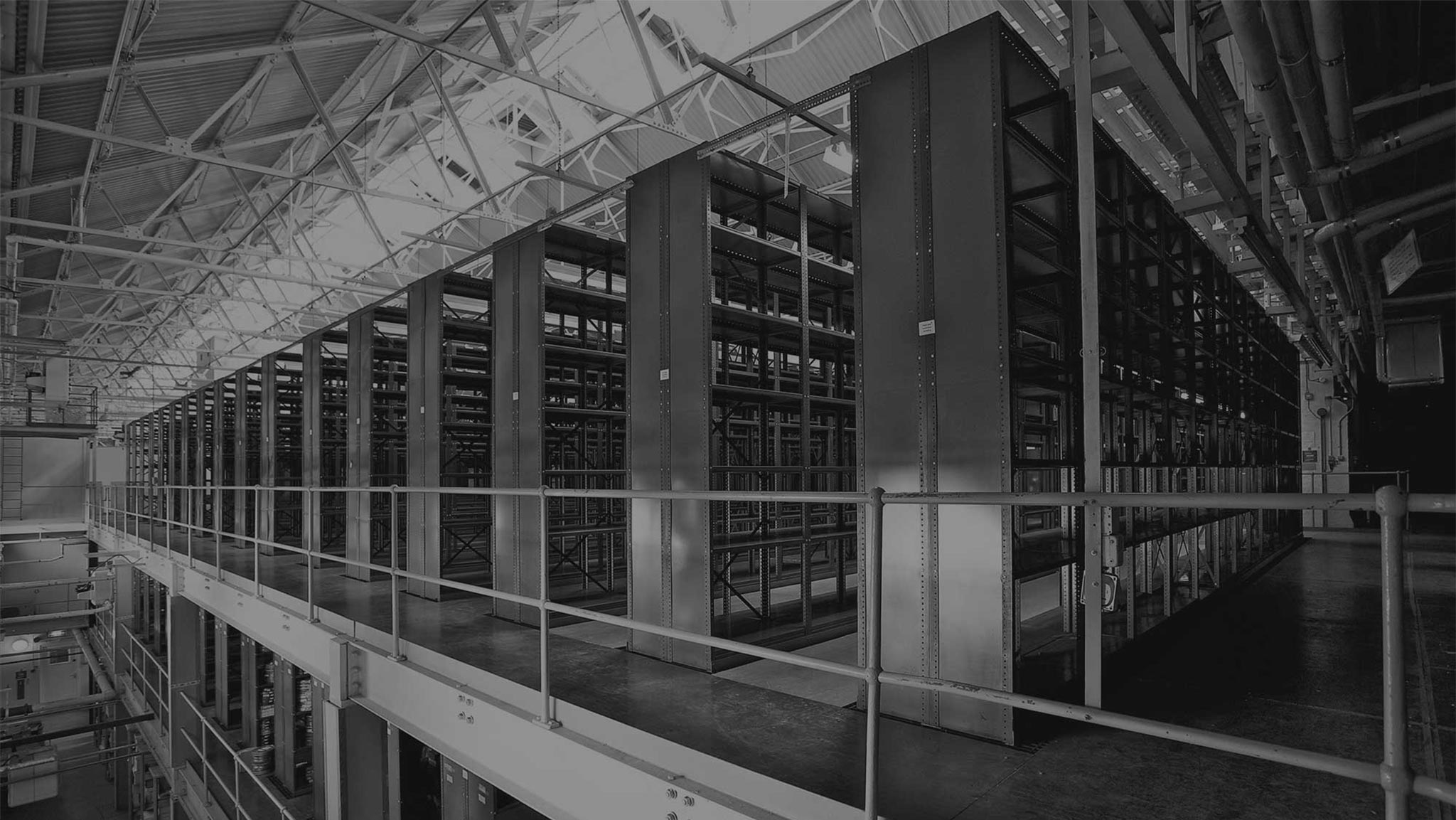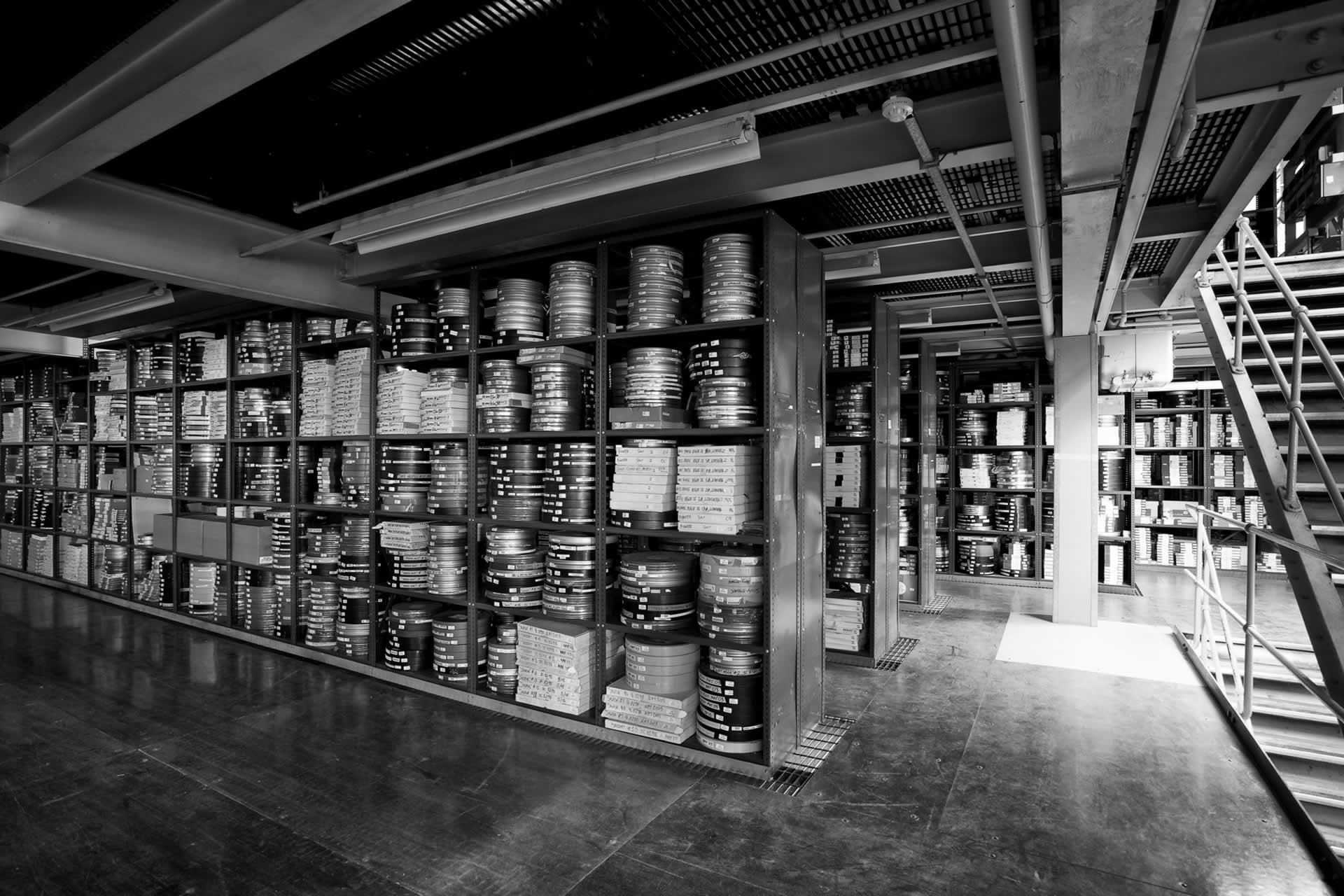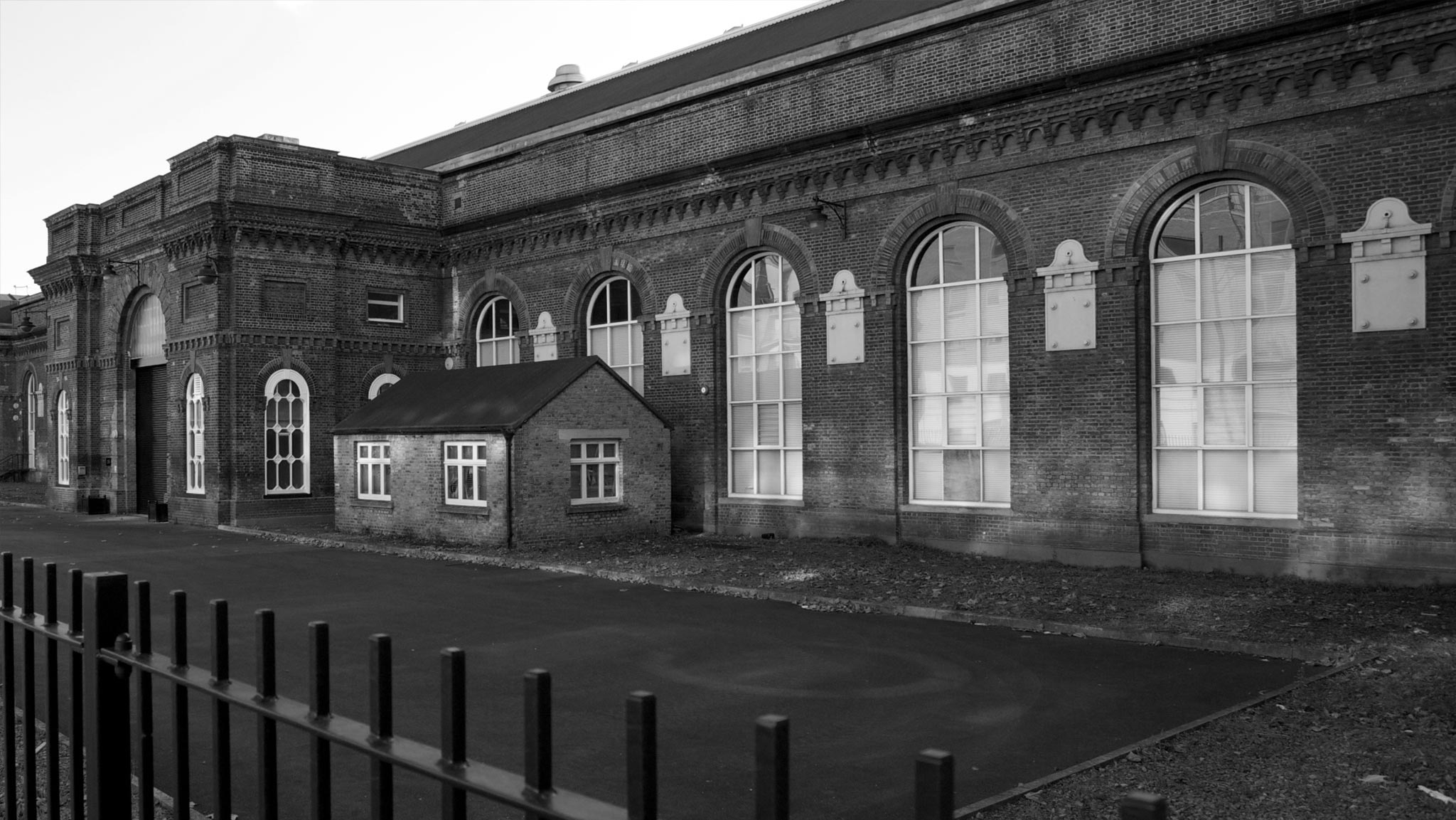How to Relocate an Office

Whether downsizing, upgrading or simply looking for a change of scenery, an office relocation requires time, skill, and considerable work. From sourcing the new office to picking, packing and storing the furniture and equipment, there are a number of jobs to fit in. It’s important to first consider when and how to begin these tasks.
In this blog, we will demonstrate how relocating an office can be done in an organised and straightforward fashion.
Why Relocate an Office?
There could be numerous reasons for needing to relocate an office. With hybrid working very common these days, it might be better to downsize to take into account those working from home. Alternatively, should your company be on a recruitment drive, it might be that you need more space. Perhaps rental costs in your unit have jumped up significantly, and a cheaper building is available down the road.
Whatever your reason for relocation, you will need a plan in place to ensure that disruption to the business is minimal and that settling into the new space is seamless.
Office relocation timeline
Office relocation isn’t as simple as packing up and moving out, and a plan will need to be devised long before you set foot in your new office. We’ve put together a timeline to give you an idea.
12 months before office relocation
It may seem excessive to look up to a year in advance of the move, but this may help significantly in executing a smooth relocation plan:
- Check your lease expiry so you know what notice period may apply and whether there are any early exit fees
- Work with your finance team to create a budget for the move. Include costs for new furniture, transport of existing items, cleaners, etc.
- Seek office spaces that align with the budget as well as business needs. Check their floor plans for a more detailed look
- Plan an office layout based on the floor plans of the office you’ve chosen
- Visit the new facility, preferably with a colleague, to check for issues that may need rectifying with the landlord. This may not be possible if the office is still occupied
- Carry out a risk assessment and health & safety audit, as you’ll want your new workplace to be safe. Either use the company’s H&S team or recruit a third party to assess the building and conduct a risk assessment
- Find some removal companies to help you transport your items, comparing quotes from at least three. You should also consider business storage facilities. If some items aren’t needed at the new office immediately, keeping them safe and secure while you focus on everything else can be a huge help
6 months before office relocation
You are still half a year away from moving into a new office, but there is still plenty to do:
- Serve notice to your landlord. They might only require three months’ notice, but giving six helps them start planning too
- Brief the team on the move and explain why it’s happening. Such major changes can sometimes cause concern among employees, especially if moving to a smaller office. Remind them that working from home remains an option (if you offer it) and that temporary working from home arrangements can be made during the move if preferred
- Build a “moving team”. These will be the people responsible for managing parts of the move. You should delegate people to departments where they can be responsible for managing the team members within it
- Draw up a plan with the team that includes who is responsible for what. You might have someone for furniture and someone for equipment, for example
- Book your movers and storage. The move may still seem some way off but moving companies and storage facilities get booked up in advance. Securing them now will help when it comes to the moving day
3 months before office relocation
As the move gets closer, look to complete the below:
- Contact all service providers to inform them of your move. Don’t forget to include suppliers, banks, the tax office, and of course, your clients
- Do a stocktake of all office furniture and equipment. You’ll then have a clearer idea of what you might need to order, what is going with you and what may need to go into storage
- Place your orders as required for new furniture, equipment and signage
- Have new marketing materials made. This should include adding your new address to company stationery and other materials, such as business cards, ready to issue as soon as you have completed the move
- Speak with your storage company to provide them with an update. You might require more or less space
- Book cleaners for your existing office space, and remember to schedule them for the day after moving day. You might also need to consider a maintenance team for any cosmetic repairs
1 month before moving day
This is the time when the team need to be fully on board with you and the moving plan. From this point on, everyone has a part to play, no matter how small:
- Colour code each department. Use a floor plan to ensure all areas are covered
- Give each member of the team a number, assigning that number to their desk and equipment. That way, when it comes to setting up in the new office, everyone will have the correct items
- Speak to the owners of your new building about the moving day. Give them any specific requests, such as space for removal vans, and advise them if you require exclusive use of lifts or stairways for a while
- Confirm alarm codes and/or security codes for the new building
- Consider booking a skip for anything that can be discarded. Only do this if you believe there will be sufficient need
- Contact utility companies, including internet providers, and organise new accounts with them
- Look into secure data movement. If your office holds sensitive data, ensure its movement and storage both remain in line with UK GDPR. This could mean speaking to a storage company about data storage facilities where sensitive information can be transferred to LTO tapes until you need it next
You’ll now need to split responsibilities a little further. The team you put in place earlier will now be working on multiple tasks, but they may still need your guidance:
- Put a member of each department in charge of their team’s packing responsibilities
- Provide each team member with a guide that tells them about the new office, what colour code they are and what number their equipment is listed under
- Request that staff take all personal items home
- Delegate one or more team members to stay at the original location to see off the removal team and check everything has been removed
- Delegate one or more team members to be based at the new office to supervise the process
- Visit the new office and ensure each department is colour-coded in the same way as the current office, ready for the arrival of the team, furniture and equipment
2 weeks before office relocation
Everything is now booked; the team has their colour codes and numbers. You are almost there:
- Provide the team with emergency contact details for the removal day. Include the removal company, the storage facility, the premises managers and the team you put in place to oversee the move
- Have a plan in place for all teams to follow. Include arrival times, responsibilities etc.
- Pack all non-essential items. If it is only these items going into storage, ensure you have booked your storage team for now, rather than the moving day
- Disassemble any furniture or equipment not currently in use
The day before office relocation
The movers will be arriving tomorrow, so today is all about packing:
- Pack all remaining items, labelling each box with its contents. Remember the colour codes from earlier; you could mark each box with that colour so the team and the movers know which department it should go in at the new office
- Contact the removal company and review the itinerary you have in place with them
- Treat the team! It could be a long day of packing, wrapping and binning, so perhaps organise for lunch to be delivered courtesy of the company
Moving day
Everything should now be packed, every service you need is booked, and your management team have a plan in place for each department:
- Have your management team monitor their department to ensure all colour-coded and numbered items are collected and loaded
- Assist each department where needed, from checking colour codes are in place to assisting the removal team with navigating the building
- Remain in contact with the team members at the new facility to ensure smooth unloading and correct placement of items
- Double-check each department is having its items collected
- Do a walkthrough of the current office with one or more team member(s) to make sure all items are removed, no taps are left running, no lights or heaters are left on and windows are closed
- Collect any key fobs, swipe cards or keys from all team members and check them off against an existing list. Keep yours, though, until the day after. The cleaners are due in, and you’ll need to check the building has been cleaned to a high standard
- Check your utilities. With all systems go from tomorrow, check that electricity, water and gas are working. Test the internet connection and check phone lines. Then, look at heating and air-conditioning systems
The day after your office has been relocated
Everything should now be in place. Let the team settle in and ensure all their items are in place.
After this, give them their keys, fobs and other access items. Perhaps also provide them with a welcome pack. Don’t forget to include any important information about the building, such as exit points, car park spaces etc.
Finally, give everyone a tour. Show them where they can find the staff room, toilets, fire exits, alarm panels, and more.
Then, make a final stop at the old office to ensure the cleaners have completed their work, and return your keys to the owners.
If you require storage for equipment or furniture during an office relocation, contact our team. At Stockroom London, we provide secure storage for all of your workplace items. With a detailed cataloguing system, you can add or remove items as you require; we can even organise the collection and retrieval of your items if you prefer.




